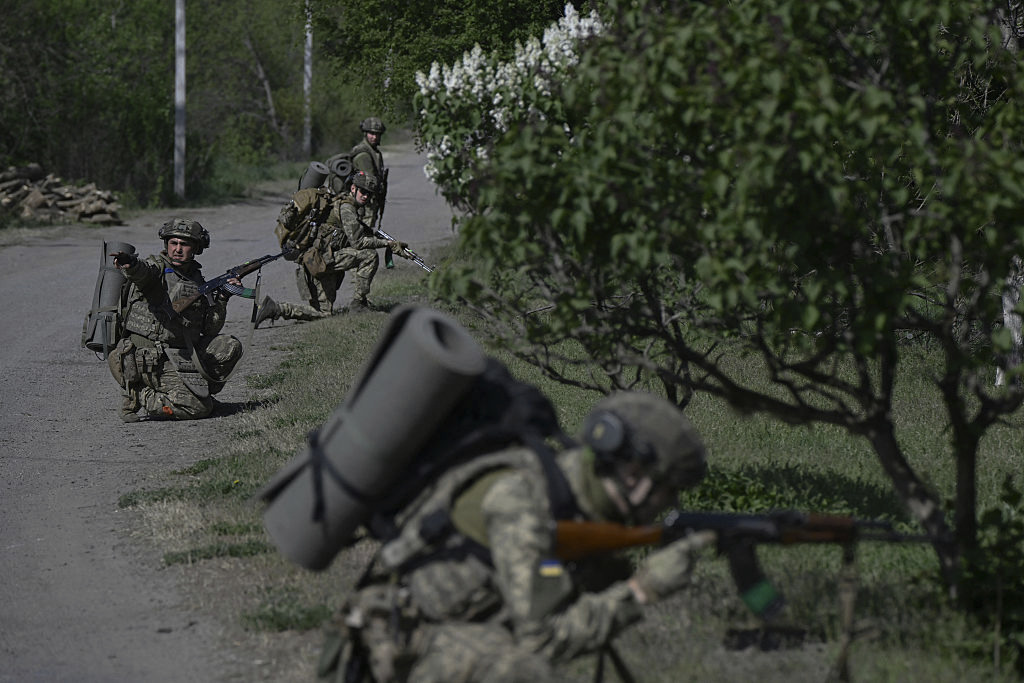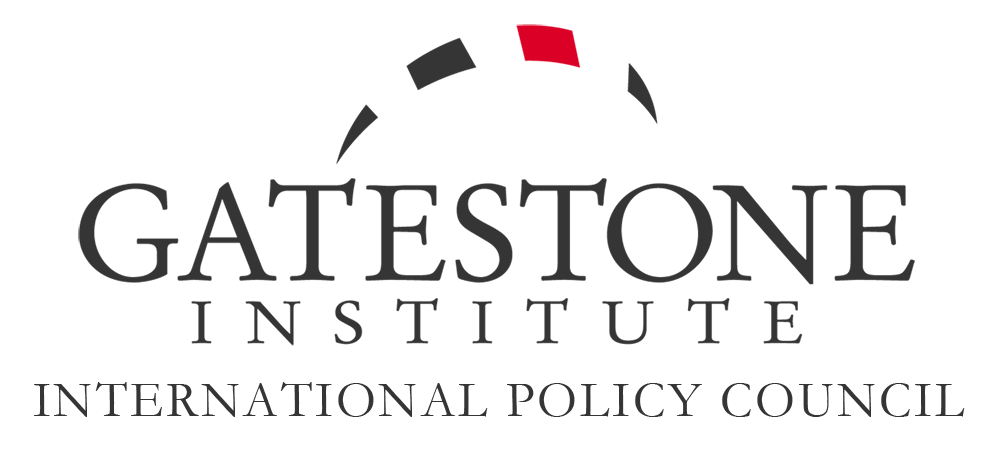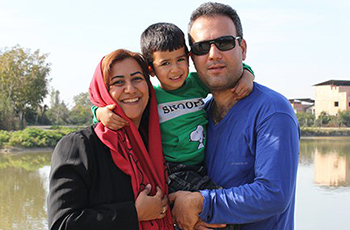
Students of history know that starting a war is always easy; what is difficult is ending it. The current war in Ukraine is no exception.
The trouble is that Russian President Vladimir Putin, the man who started this war, also believed he knew how to end it.
More than three years later, it is clear that he is as clueless on that score as anyone. That anyone also includes US President Donald Trump, who sincerely believed he could end the war with a few phone calls to the two Vladimirs who spell their names differently.
With the global public opinion more interested in what may come next rather than what is actually happening, the real story, which in this case means the latest twists and turns in the war, go largely unnoticed.
This war started in a textbook style, with Russian tanks and armored vehicles rolling into Ukrainian territory as if in a parade. Many assumed that the juggernaut marked "Z" would soon arrive in Ukrainian capital Kyiv, accept unconditional surrender by Ukrainian leaders, install a new government and restore pan-Slavic brotherhood.
Well, that didn't happen.
The conflict morphed into a proxy war between the North Atlantic Treaty Organization (NATO) members and Russia, timidly backed by half a dozen countries including Belarus, Iran and North Korea.
Trump's return to the White House and a decline in public support for Kyiv in Europe prompted new talk about a negotiated end to the war, with Ukraine losing another chunk of territory besides Crimea.
However, what was happening below the radar was different. Starting in early 2023, Ukrainian leaders decided that their best chance of emerging from their national ordeal was to turn the conflict into a war of attrition, which they successfully did by slowing down the Russian juggernaut. They knew that an invader does not have the same level of patience as the defending side, and thus is bound to fail to secure the stamina needed for a seemingly endless war.
Despite the great suffering it inflicted on the Ukrainians, 2024 witnessed a major success for them, one that didn't get the public attention it deserved. Partly helped by the British navy, the Ukrainians succeeded in containing the Russian Navy in Azov -- a backwater in the Black Sea -- by sinking a number of Putin's vessels, including his flagship.
The next twist in Ukrainian strategy came when President Volodymyr Zelenskiy approved a plan for developing an asymmetric war capacity, using a mixture of guerrilla tactics and technological warfare.
Ukraine's surprise offensive in Kursk didn't deliver all it had promised in terms of the trio of "capture, cleanse and control" of territory. But it served notice that at least parts of Russian territory in all its vastness could no longer be seen as sanctuary.
Last week, the same message was delivered with greater vigor when a Ukrainian drone attack forced Moscow's four airports to stop operations for more than 14 hours. An earlier attack on Russia's giant arms manufacturing complex at Briansk sent a similar message.
At the same time, Ukraine has tried to compensate for a manpower shortage, which it shares with Russia, not by hiring North Korean or African mercenaries, but by developing a major industry manufacturing attack drones.
For the past year or so, Ukraine has been producing over 200,000 drones every month and is set to reach the target of 2.5 million a year before the end of summer.
In comparison, Iran, the main supplier to Russia, produces no more than 400,000 drones a year.
Hundreds of European, Canadian and American techno-wizards are helping turn Ukraine into a vast laboratory for high-tech military hardware, including unmanned vehicles to transport medical personnel and battlefield casualties.
An increasing number of start-ups are also helping Ukraine use virtual reality (VR) and artificial intelligence (AI) in developing tactics, suggesting different combinations of weapons and methods and resource allocation. Determined to become a vanguard of military technological research and developments, Ukraine has allocated a third of its defense budget to the program.
High-tech progress at one end of the spectrum is complemented by classical guerrilla training at the other end. Ukrainians remember that Field Marshal Friedrich von Paulus' Operation Barbarossa juggernaut in 1941 swept through their land in just two weeks, but then had to fight an ultimately losing battle for two more years when guerrilla operations against the Nazi invader became a reality.
The current year may still witness history repeating itself with new Ukrainian guerrilla attacks on key Russian infrastructure, starting with the bridge Putin built, at a cost of billions of dollars, to connect Crimea to the Russian mainland.
As a laboratory for developing new weaponry and war tactics, Ukraine may be useful to NATO while pinning down more than half of Russia's non-nuclear military capacity in an unwinnable war. The temptation to let things unfold as they are may be great, but the fact is that every day people die in this unnecessary, unwanted and unwinnable war.
Thus, an increase in Ukraine's ability to defend itself should be seen as an argument in favor of a negotiated peace rather than a prolonged war.
Trump should revive his peacemaking bid this time by admitting that while Putin still has more cards to play in this deadly game, Zelenskiy is not as empty-handed as some thought.
Amir Taheri was the executive editor-in-chief of the daily Kayhan in Iran from 1972 to 1979. He has worked at or written for innumerable publications, published eleven books, and has been a columnist for Asharq Al-Awsat since 1987.
Gatestone Institute would like to thank the author for his kind permission to reprint this article in slightly different form from Asharq Al-Awsat. He graciously serves as Chairman of Gatestone Europe.


